
|
|
|
|
|
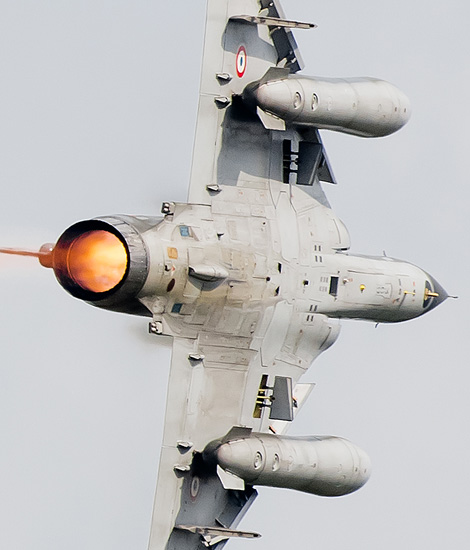
|
The Jet Age & the Cold War; Volkel, June 12 – 17, 2013
100 Years of Military Aviation, part 3; Text and Photograph's by Alex van Noye
Shortly after The Second World War, the Royal Netherlands Air Force received its first jet fighters. The new Gloster Meteor was the first aircraft in a long series of jets which would fly in the country. During the Cold War From 1953, the Royal Netherlands Air Force became an independent part of the Dutch defense.
After the end of the Second World War, the first jet fighters were brought into operational service. The outdated Spitfires were exchanged for the modern British Gloster Meteor in 1948. In total 266 aircraft of this type were from that year purchased by the Royal Netherlands Air Force. Between 1948 and 1951, 6 day fighter squadrons were formed and were based at Leeuwarden, Soesterberg and Twenthe. Each squadron was equipped with 25 Meteors. The aircraft were assigned to the no 322, no 323, no 324, no 325, no 327 and no 328 Squadron. The first Meteors arrived in 1949 at Leeuwarden Air Base; Leeuwarden became the first jet airbase in the Netherlands. The first Meteor variants were of the type Mk IV and Mk VII for training purposes. In 1949, the improved Meteor Mk VIII variant was produced under licensed in the Netherlands. This was done in collaboration with Belgium. The last 2 Meteor Mk VIII aircraft were delivered by Fokker to the Belgian and Dutch air force on April 6, 1954. The Royal Netherlands Air Force became for the first time an independent section within the Dutch defense from March 11, 1953. The first Hawker Hunters were commissioned in 1956. The no 700, no 701 and no 702 Squadron were formed in the same period at Twenthe and were equipped with the F-86K Sabre. These units were the night fighter squadrons of the Dutch Air Force. The F-84E Thunderjet and F-84F Thunderstreak were the tactical attack aircraft and were based at Eindhoven airbase and Volkel Air Base. The aircraft were assigned to the no 306, no 311, no 312, no 313, no 314, no 315 and no 316 Squadron.
From 1960, the world entered a new era. The two superpowers, the Soviet Union and the United States were opposites during the Cold War. The symbols of the Cold War were the Berlin Wall and the Iron Curtain. The political interests of the countries were the cause for the growth of the 2 army’s. The NATO was formed on the western side of the wall; The Netherlands became a member of this organization. The Warsaw Pact
|
|
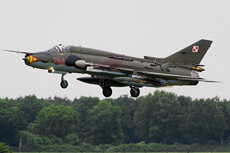
|
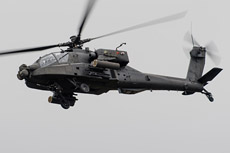
|
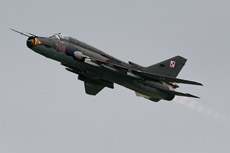
|
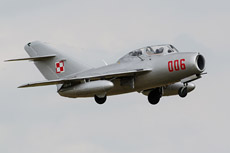
|
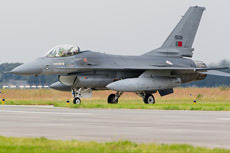
|
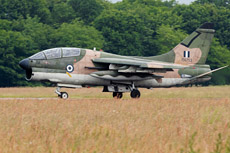
|
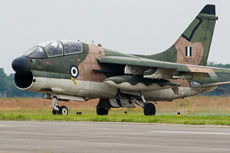
|

|
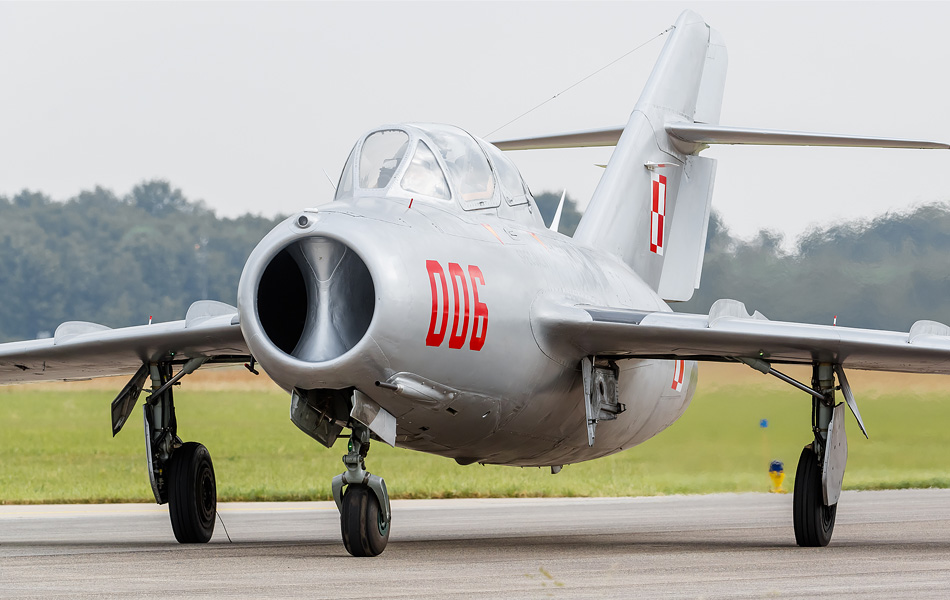
|
was formed on the eastern side. The Federal Republic of West Germany and the German Democratic Republic would become the battleground of this silent war. The military situation changed drastically for the Dutch government during the Cold War. The Netherlands is the neighbor of Germany and is therefore located shortly behind the frontline with the East. A large fleet of air defense fighters was necessary to protect the country against a possible attack by strategic nuclear bombers. The Cold War was also the highlight period of the Dutch anti-aircraft batteries with 5 operational missile groups in West Germany. The Dutch fighters were fully integrated within the air forces of the NATO partners. Besides the Dutch air defense, there was also an American air defense unit present at Soesterberg. This unit was the 32nd TFS of USAFE and was equipped with the F-86F Sabre. Later, the unit would also fly the F-100 Super Sabre, the F-102 Delta Dagger, the F-4E Phantom II and the F-15A/C Eagle.
The Netherlands Air Force has for the structural defense of the Dutch airspace the Air Defense Command. The units of the Air Defense Command were at the beginning of the Cold War equipped with the Hawker Hunter which was in the after days of its career. The successor of the Hunter was the American Lockheed F-104G Starfighter. The Starfighter was a very fast aircraft and suitable to intercept the Russian bombers. The aircraft were stationed at two airfields. The no 322 Squadron and no 323 Squadron at Leeuwarden airbase were the first units which were equipped with the Starfighter. The no 311 Squadron and the no 312 Squadron at Volkel airbase were later equipped with this type of aircraft. In addition to these air defense units, the no 306 Squadron at Volkel was equipped with the RF-104G for photo reconnaissance. Unlike the standard F-104, the RF-104 could be equipped with the Dutch Old Delft Orpheus reconnaissance pod for aerial photography. All other air defense units in the Netherlands were disbanded with the arrival of the Starfighter. The F-104 Starfighter quickly became a multi-role fighter after its introduction. Besides the air defense tasks the aircraft was now also used for offensive tasks. The no 311 and no 312 Squadron at Volkel were alongside the conventional task also assigned with the nuclear mission. In 1979, the first Starfighters were replaced by the first F-16s at Leeuwarden. The Starfighter was completely replaced by the F-16 Fighting Falcon at the end of 1984.
Besides the Air Defense Command, the Royal Netherlands Air Force also had the Tactical Air Command Forces. This command had the offensive role during a possible conflict. These units were at the beginning of the Cold War equipped with the F-84E Thunderjet and F-84F Thunderstreak. It soon became clear these aircraft were obso- lete in the mid-60s. The successor of this unit would be the Northrop NF-5 Freedom Fighter. The NF-5 was designed in the United States as a light attack fighter which could be used for close air support. This aircraft was perfect for the Netherlands, because the country was shortly behind the frontlines. In addition, the NF-5 was also an inexpensive and multifunctional aircraft. Some tactical NF-5 units were moved to other airfields in the country after the Thunderjet and Thunderstreak were phased out. The no 313 Squadron moved from Volkel Air Base to Twenthe airbase. Also the no 315 Squadron moved from Eindhoven airbase to Twenthe airbase. The no 316 Squadron moved from Eindhoven to the nearby Gilze-Rijen airbase. The no 314 Squadron was stationed at Eindhoven and also received the NF-5. The first NF-5 was delivered at Twenthe airbase on October 7th, 1969. The NF-5 was more than 20 years in service of the Royal Netherlands Air Force. The aircraft from Twenthe were replaced by the F-16 Fighting Falcon in 1985 and 1986. In 1988, the no 314 and no 316 Squadron switched from airbase. The NF-5s of the no 314 Squadron were replaced by the F-16 at Gilze-Rijen in 1990 and the no 316 Squadron at Eindhoven in 1991.
|
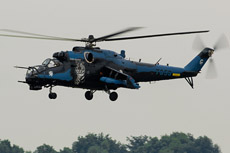
|
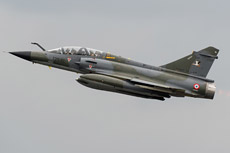
|
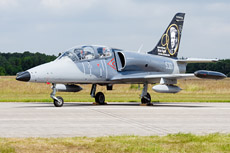
|
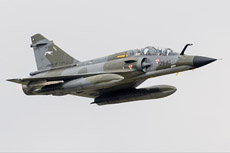
|
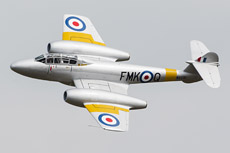
|
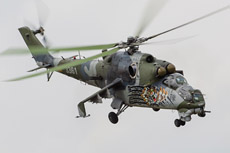
|
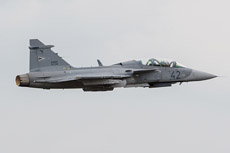
|
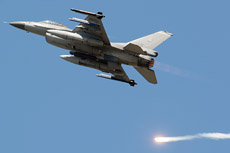
|
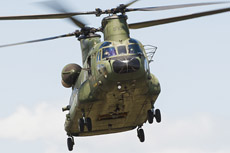
|
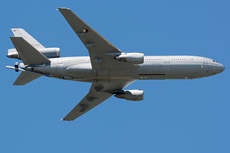
|
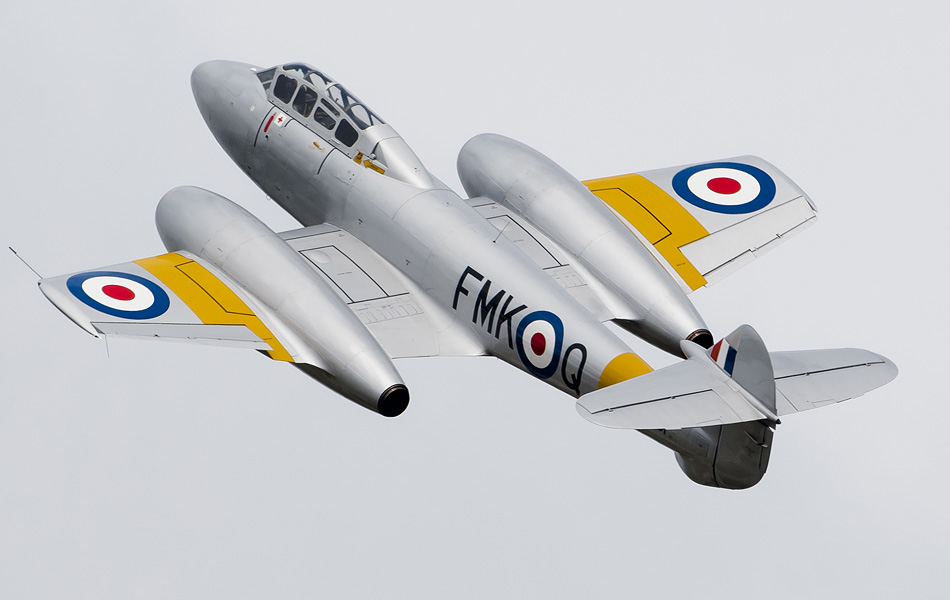
|
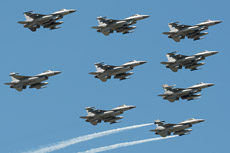
|
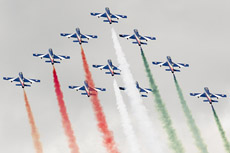
|
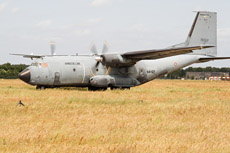
|
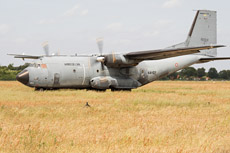
|
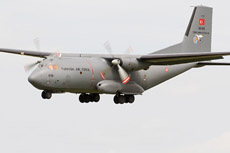
|
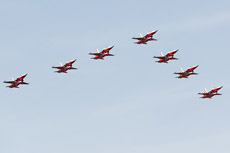
|
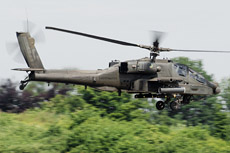
|
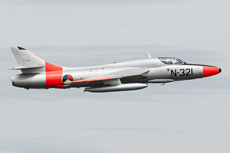
|
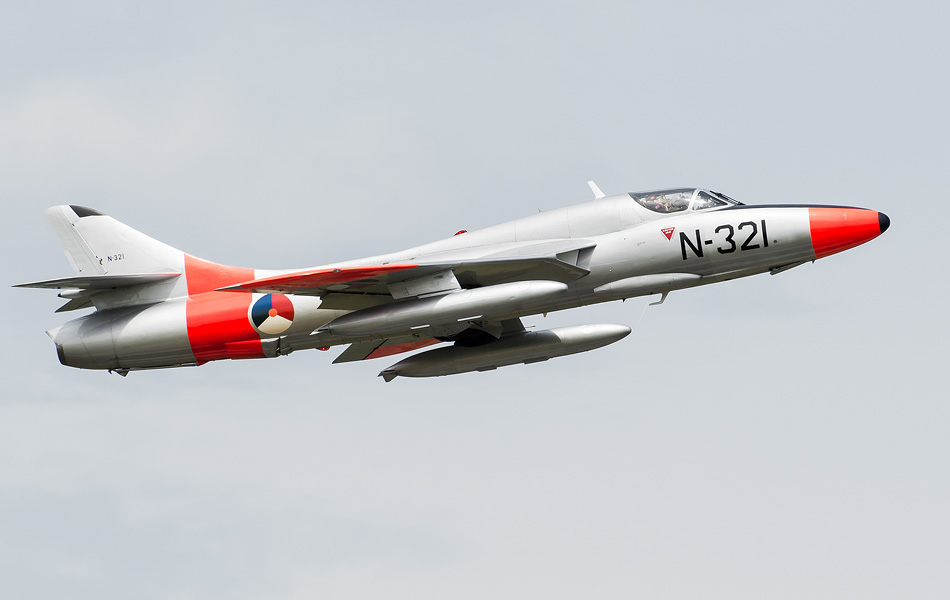
|
|
|

|







